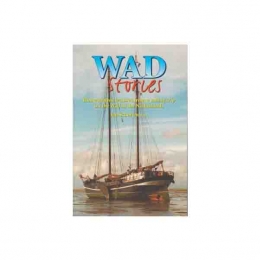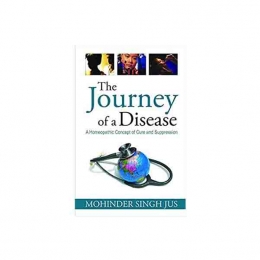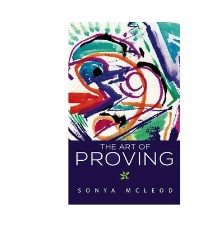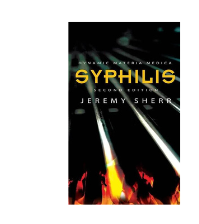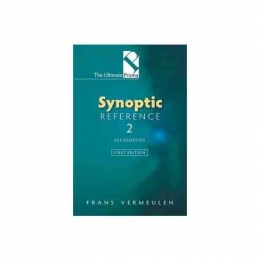Wondrous Order - Michal Yakir
The book "Wondrous Order - The Table of Plants" is currently being translated into English and is expected by the middle of 2015.
Michal Yakir is a homeopathic pioneer who has unlocked the plant kingdom for homeopathy. She has developed her own system for the plant kingdom in the form of a simple tabular set of coordinates with columns and rows, which shows how each column of the plant table can be assigned to different types with varying psychological traits and physical pathologies.
By learning to recognize the special characteristics and themes of the columns, we can acquire a valuable tool to help us identify the required remedy in modern times. Thanks to her straightforward but profound insights based on the ideas of plant evolution, Michal Yakir has made the plant kingdom comprehensible. She adds a new dimension to our existing knowledge of plants, encouraging us to prescribe less well known plants.
Her monumental work contains over 800 different plant remedies, amounting to 95% of the remedies known to homeopathy, including many so far unknown plants. She clearly explains their themes and pathologies in terms of their family and placement in the table. Hundreds of short cases provide graphic sketches of the essences of the individual remedies.
Dr Mahesh Gandhi wrote about Michal Yakir:
"I have had an opportunity to learn from Michal Yakir her novel understanding of plants from development point of view. It makes a lot of sense to me and has changed my outlook towards plants. I am using her ideas in my practise with excellent results. She has made the plant kingdom very understandable by her simple yet deep understanding of them based on the concept of evolution of plants. It is indeed a very fascinating and a practical work.
It gives an additional dimension to our understanding of known plants and also helps us prescribe some yet unknown plants with confidence. It is a very extensive work which can help us prescribe more efficiently in our daily homoeopathic practise. It compliments all that we know about plants from other teachers like Sankaran and Scholten. I would recommend every serious homoeopath to learn it as it will prove to be a useful tool in helping us help our patients."





